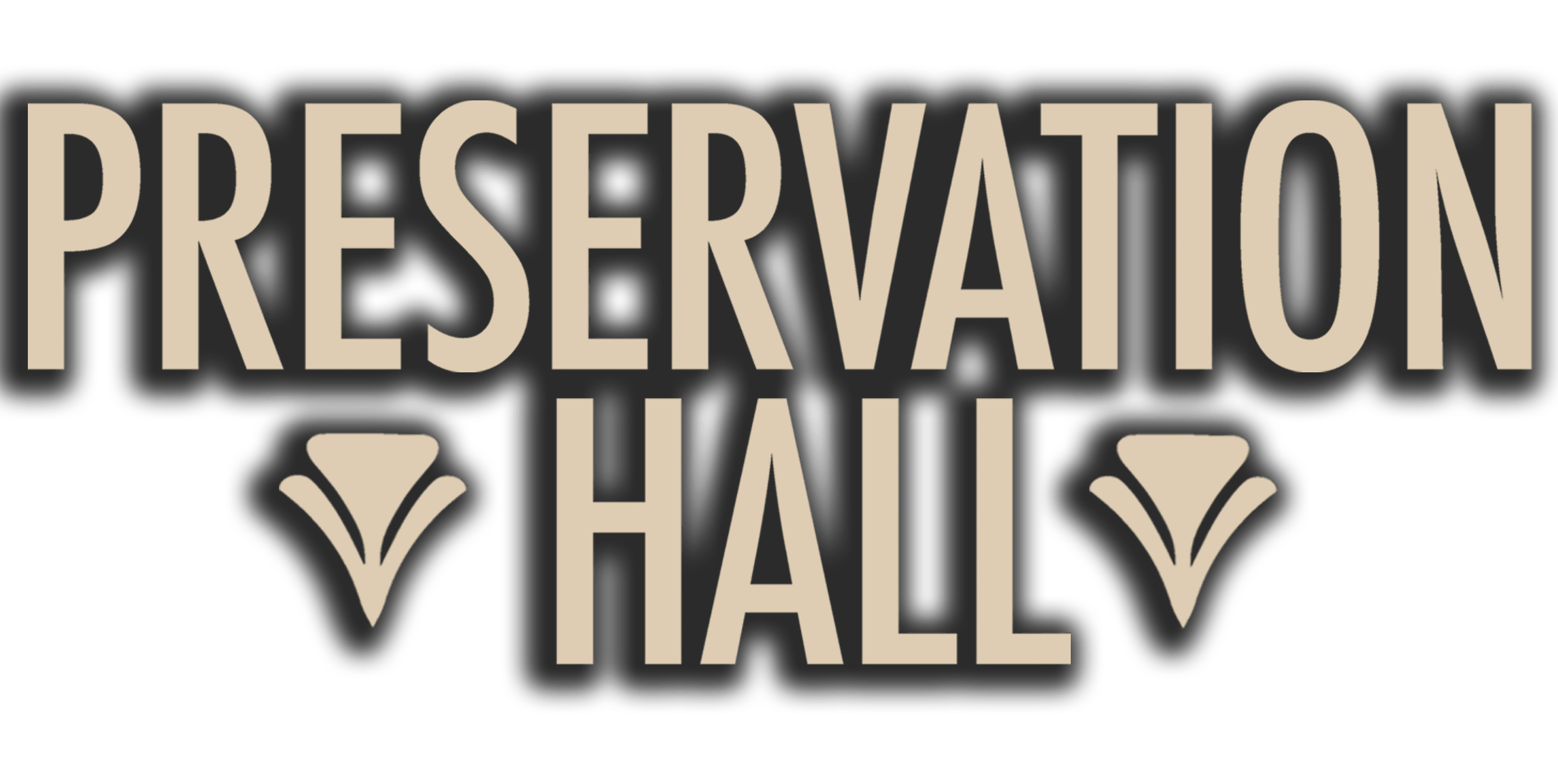Tracing the Roots of New Orleans Culture with Monique Moss
Monique Moss is a New Orleans native, community leader and recipient of the 2020 Preservation Hall Foundation Community Engagement Grant. Join us for our next #CommunitySpotlight featuring Moss’ creative tribute to the Black, Caribbean and Native people who inhabited the city and shaped the culture from its infancy.
Photo montage and captions by Camille Barnett
Moss’ costume pictured is thoughtfully layered; she says the green dress is hand-stitched with sequins and feels beautiful to her, but is representative of assimilation to European culture.
Her costume’s second layer under the dress was a Kongolese raffia skirt, which she explains represents the less-visible layer of herself that is in search of who she is “in real terms.”
“I know my grandparents, I know my parents, and the aunts and uncles, but who are we as a people historically, traditionally? What has been stripped from us and that we need to remember?”
Moss, a dancer, choreographer, artistic director, teacher, historian and culture bearer, poses with books and offerings as she looks towards the branches of a tree located in Congo Square. Congo Square is historically documented to have been an open area outside of New Orleans where slaves were allowed to congregate on their day of rest each Sunday to sing, dance and perform with freedom of religious expression.
She incorporates research-based props in her presentations and performances that often represent historic parallels that influence New Orleans culture. Here, she lays out a bunch of bananas grown in her backyard as an offering to African ancestors, along with books and representations of revolutionaries, such as Kimpa Vita of the Republic of Congo and Malcom X, African-American civil rights leader. She also includes books on Native Americans that occupied the land before colonization, slave revolts, and thriving African civilization prior to European influence.
As the wind blows through her green dress, exposing some of her Kongolese raffia skirt, Moss poses in front of a sign along Bayou St. John that marks The Old Portage and explains its history.
This area was once an extension of Congo Square and therefore another historically documented location where hundreds of enslaved Africans from diverse tribes gathered to dance, drum and sing.
In addition to musical influences that came from Congo Square, Moss adds that having researched the history of New Orleans in archives around the world and having worked for years with Leon A. Waters, publisher of the reference book On to New Orleans! Louisiana’s Heroic 1811 Slave Revolt!, on of the books pictured earlier, Congo Square also served as space for enslaved Africans in New Orleans to organize revolts against the system of slavery.
During a sunset at City Park, Moss waves her dress beneath moss trees in an area of land that was heavily used by Native Americans prior to European arrival.
Moss can recall growing up in New Orleans and feeding ducks in this area as a child and says that it is one her favorite spaces in the city, a space where she feels connected and serene.








